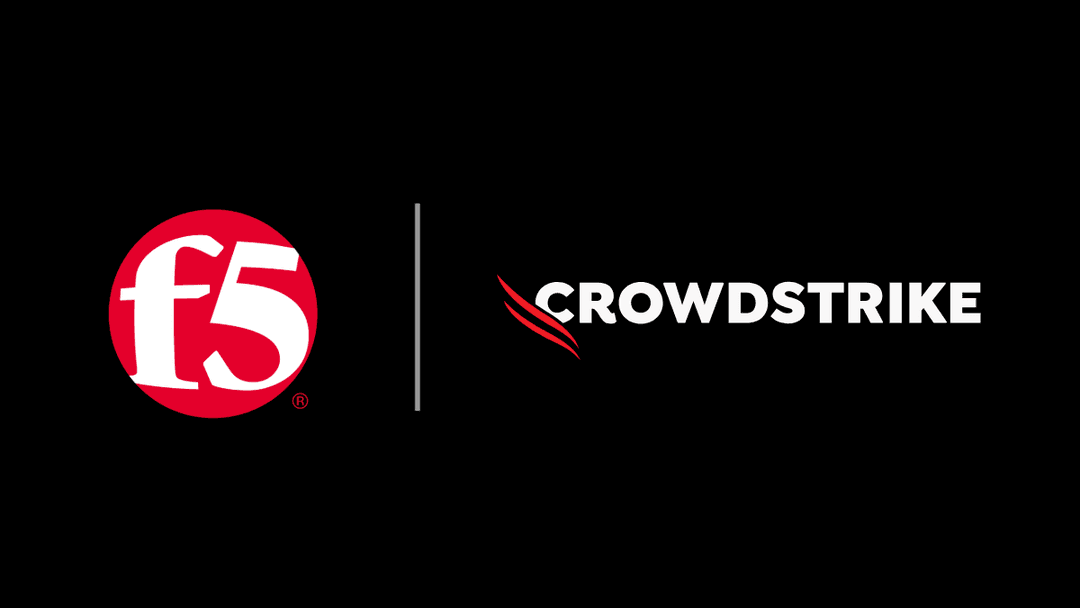Multi-cloud networking is a major opportunity for telcos.
In the not-too-distant future, it will be one of the main ways they help other enterprises to distribute workloads across different environments and gain greater organizational efficiency and agility.
But what is the best way to implement multi-cloud networking?
To answer that, you first need to consider what the end-goal is. For most organizations, a deployment is driven by the need to connect applications in different environments. And for application connectivity, you need much more than just networking. You also need security and load balancing to ensure your apps are always available and always protected.
There are several companies offering various elements of network-centric multi-cloud networking. From our perspective, we've pulled out the stops to assemble all the key pieces of the puzzle. This includes a totally integrated solution that combines networking, a distributed application delivery controller (ADC), and a comprehensive suite of network and application security features. And we provide it all in a common horizontal stack that works across different cloud platforms. What's more, it is easy to consume in a SaaS-based model. In many cases, we can also directly partner with telcos to deliver a full multi-cloud solution to enterprises.
Multi-cloud networking is becoming a must
The time is ripe for multi-cloud networking. In many ways, it is the logical next step for enterprise IT.
In the past, an organization used multiple clouds, but each workload resided in its own environment and these different clouds would be managed separately.
Today, enterprises employ cloud-native technologies to become much more agile and scalable. As apps are increasingly composed of micro-services, we are moving to a world where one app is typically spread across different environments. In other words, apps are becoming both distributed and decomposed. With the rise of edge computing, the need for a robust multi-cloud networking solution is even more pressing. Once you go to the edge you have a lot more sites to interconnect, which adds complexity and cost to your operations.
In Europe, regulations on data privacy and data sovereignty have prompted many organizations to place the back end of an application (sitting in front of sensitive data) in their own onsite facility (on-prem). But the front end of the application, which deals with customer interaction, could be running in a public cloud to scale up and down as required. As a result, enterprise apps and their component microservices are increasingly distributed across different environments with different approaches to networking. However, these apps and microservices still need to securely connect with each other end-to-end.
Telco CTOs face the same challenge. For example, a mobile GGSN gateway used to be a monolithic piece of code sitting on dedicated purpose-built hardware. That code is now distributed over a set of virtual network functions (VNFs) or cloud-native network functions (CNFs). The control plane and data plane functions are separated out and distributed. As they move to standalone 5G networks, telcos will increasingly look to interconnect VNFs and CNFs deployed in different locations.
The manual alternative – Time-consuming and costly
Apps in different environments can be connected manually. We have seen enterprises deploying virtual router instances in multiple clouds to handle IP networking connectivity and end-to-end encryption between clouds. The operations teams then manually connect the virtual routers with the applications in these environments. However, applications still need load balancing and application security, so another set of virtual instances will have to be enabled and provisioned.
It is not a scalable approach. To take these steps across multiple sites is both labour-intensive and costly. Furthermore, manual configuration requires extensive knowledge about the different environments. In short, it’s an operationally complex thing to do.
Fortunately, such headaches can be alleviated by abstracting away underlying cloud network complexity. Our solution—layered on top of public cloud, private cloud, and edge platforms—is a powerful antidote. APIs communicate with the underlying environments, and it discovers applications in these environments automatically. Suddenly, some of the setup steps that took weeks to achieve are now possible in minutes.
We also provide a single pane of glass to centrally manage end-to-end networking and security policies. This enables you to specify exactly how each app needs to securely connect to other apps in other environments. End-to-end encryption, firewall rules and networking are all set up for you. A single dashboard provides full visibility over the networking, app, and security estates. We can then integrate all of this with a telco’s private backbone network. Or we can use our own network. The choice is yours.
The benefits of this type of technology are soon apparent. If an instance goes down, traffic is steered to another application. Availability is built in. If there is an outage, end-to-end visibility means you can quickly identify the source of the problem.
The net result is better decisions, faster. What’s more, reliability is greater, capital and operational costs are lower, and your apps perform better. For both telcos and their enterprise customers, multi-cloud networking should always be a case of no pain, all gain.
For more information on F5's SP solutions, visit: https://www.f5.com/solutions/service-providers
F5 will also be discussing multi-cloud networking for telcos at the MPLS, SD & AI Net World Congress from 5-7 April. More details on our presence at the show can be found here: https://www.f5.com/company/events/mpls-sd-ai-net-world-congress-paris-2022
About the Author

Related Blog Posts

The everywhere attack surface: EDR in the network is no longer optional
All endpoints can become an attacker’s entry point. That’s why your network needs true endpoint detection and response (EDR), delivered by F5 and CrowdStrike.
F5 NGINX Gateway Fabric is a certified solution for Red Hat OpenShift
F5 collaborates with Red Hat to deliver a solution that combines the high-performance app delivery of F5 NGINX with Red Hat OpenShift’s enterprise Kubernetes capabilities.

F5 accelerates and secures AI inference at scale with NVIDIA Cloud Partner reference architecture
F5’s inclusion within the NVIDIA Cloud Partner (NCP) reference architecture enables secure, high-performance AI infrastructure that scales efficiently to support advanced AI workloads.
F5 Silverline Mitigates Record-Breaking DDoS Attacks
Malicious attacks are increasing in scale and complexity, threatening to overwhelm and breach the internal resources of businesses globally. Often, these attacks combine high-volume traffic with stealthy, low-and-slow, application-targeted attack techniques, powered by either automated botnets or human-driven tools.
Volterra and the Power of the Distributed Cloud (Video)
How can organizations fully harness the power of multi-cloud and edge computing? VPs Mark Weiner and James Feger join the DevCentral team for a video discussion on how F5 and Volterra can help.
Phishing Attacks Soar 220% During COVID-19 Peak as Cybercriminal Opportunism Intensifies
David Warburton, author of the F5 Labs 2020 Phishing and Fraud Report, describes how fraudsters are adapting to the pandemic and maps out the trends ahead in this video, with summary comments.
